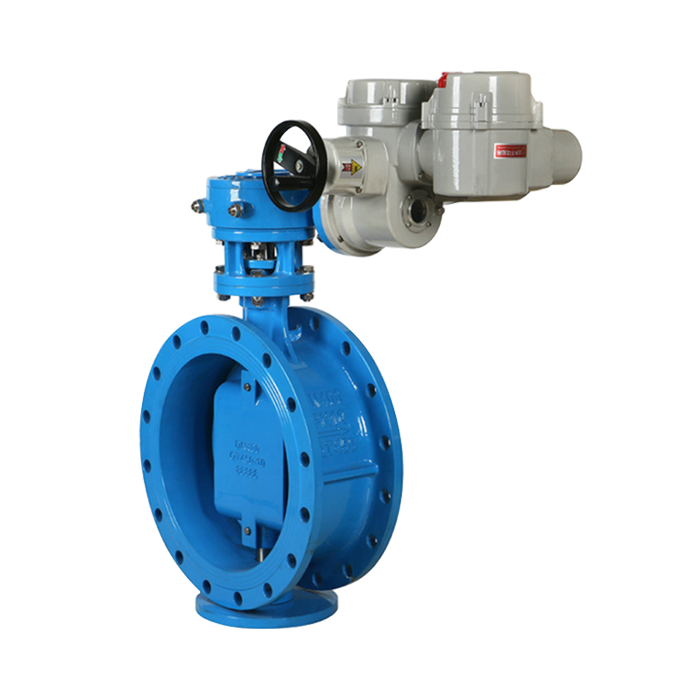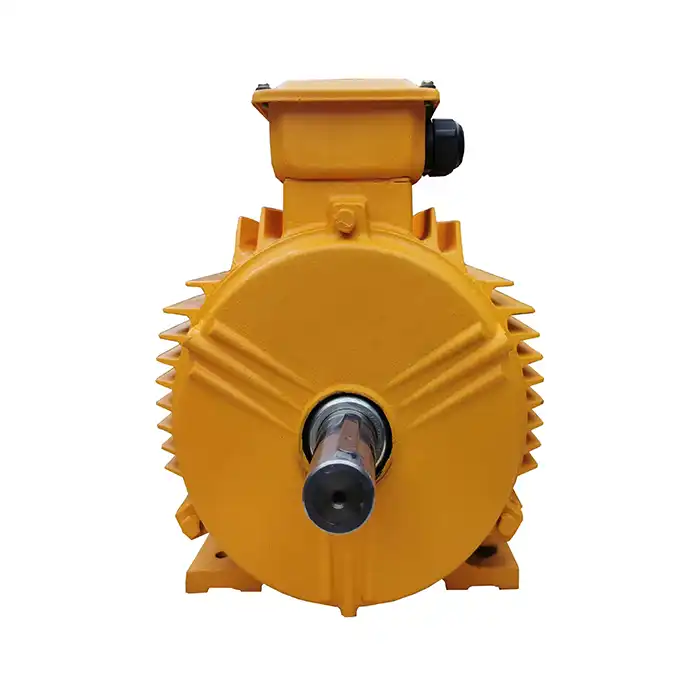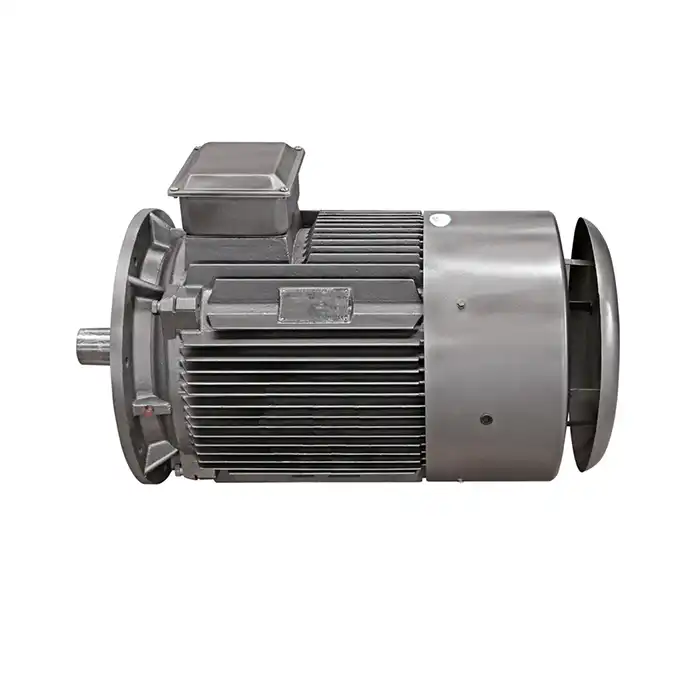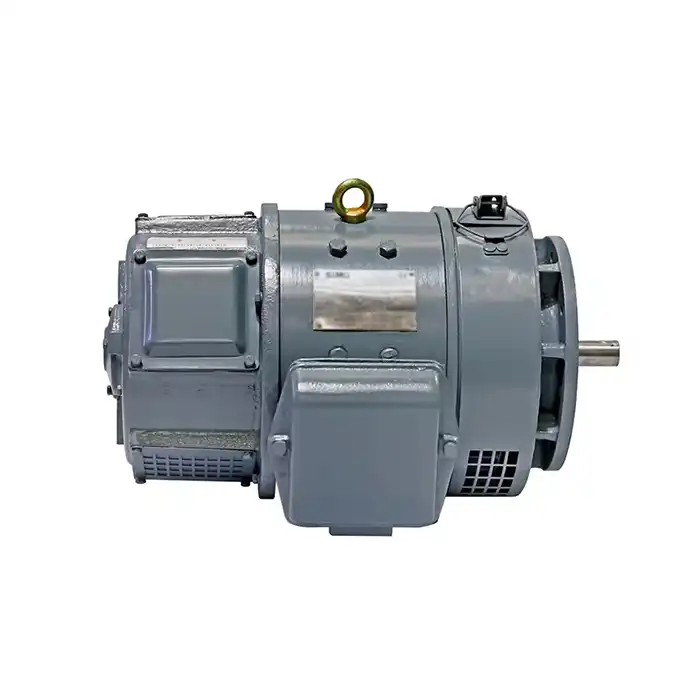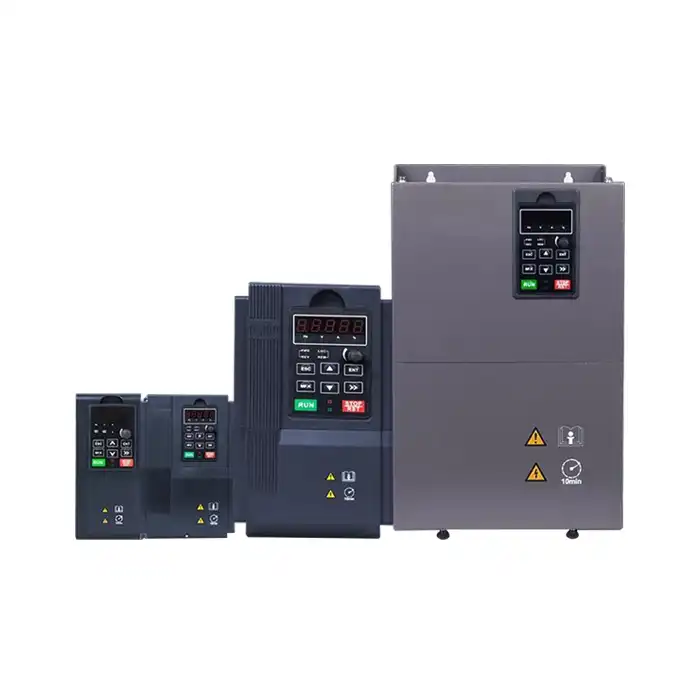Choosing between an IE4 induction motor and IE3 model represents one of the most critical decisions facing industrial facility managers today. The efficiency gap between these motor classes directly impacts operational costs, energy consumption, and long-term profitability. IE4 motors deliver superior energy efficiency compared to their IE3 counterparts, typically reducing electrical losses by 15-20% while maintaining comparable performance characteristics. This efficiency advantage translates into substantial cost savings over the motor's operational lifespan, making the initial investment difference negligible when viewed through a total cost of ownership perspective.
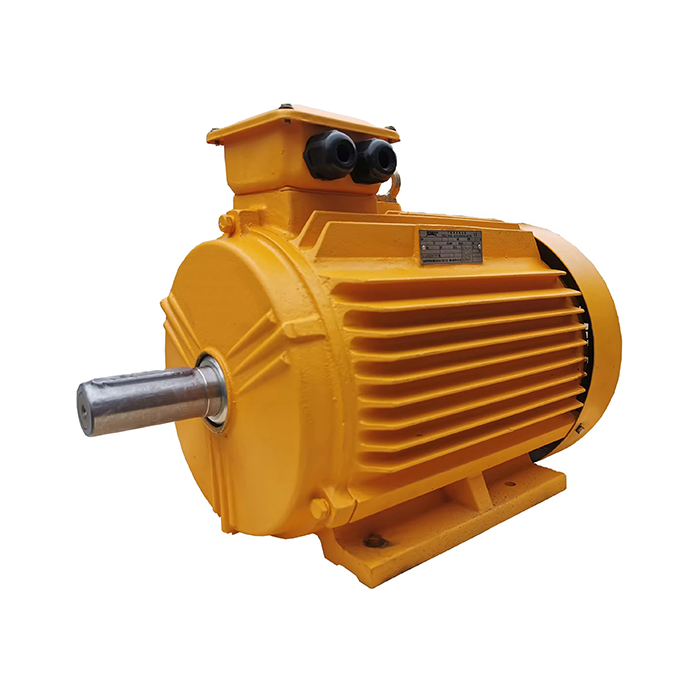
Series:YE4
Frame number: 80-450
Power range:0.75-1000kW
Protection level:IP55
Energy efficiency class: IE4
Voltage range: 380V,400V,415V, 660V,etc.
Application:can be used in various fields of the national economy, such as machine tools,water pumps,fans,compressors,and can also be used in transportation, mixing, printing, agricultural machinery, food and other occasions that do not contain flammable, explosive or corrosive gases.
Certificate: international standard IEC60034-30 ""Efficiency Classification of Single-speed Three-Phase Squirrel Cage Induction Motors"".
Advantage:The high quality of the electric motor guarantees high operational reliability.
Others: SKF, NSK, FAG bearings can be replaced according to customer requirements.
Understanding Motor Efficiency Classifications
The International Efficiency (IE) classification system provides a standardized framework for comparing motor performance across different manufacturers and applications. IE3 motors represent the previous generation standard, delivering good efficiency levels suitable for many industrial applications. These motors typically achieve efficiency ratings between 90-94% depending on power output and design specifications.
IE4 motors, classified as "Super Premium Efficiency," represent the next evolutionary step in motor technology. These advanced motors incorporate improved rotor design, optimized stator winding configurations, and enhanced magnetic materials to achieve efficiency ratings of 94-96% or higher. The technological improvements reduce electrical losses while maintaining robust performance under varying load conditions.
Energy efficiency improvements in IE4 induction motors stem from several key design enhancements. Advanced magnetic steel reduces core losses, while optimized conductor materials minimize resistive losses. Improved bearing lubrication systems reduce mechanical friction, and enhanced thermal management extends motor lifespan while maintaining consistent performance.
Energy Consumption Analysis and Cost Implications
Real-world energy consumption data reveals significant differences between IE4 and IE3 motor performance. A 110 kW motor operating at 1500 rpm demonstrates measurable energy savings when upgraded from IE3 to IE4 efficiency class. Annual energy costs decrease proportionally to the efficiency improvement, creating immediate operational benefits.
Industrial facilities running motors continuously experience the most dramatic cost savings. Manufacturing operations in automotive, aerospace, and electronics sectors often operate motors 24/7, amplifying the efficiency advantages of IE4 technology. Process control applications utilizing pumps, compressors, and valve actuators benefit similarly from reduced energy consumption.
Power factor improvements in IE4 motors provide additional cost benefits beyond raw energy efficiency. Better power factor reduces reactive power demands, potentially lowering utility demand charges and improving overall electrical system efficiency. Variable frequency drive compatibility also enhances operational flexibility while maintaining high efficiency across different speed ranges.
Load capacity optimization in IE4 motors ensures consistent performance even under challenging operating conditions. These motors maintain efficiency ratings across wider load ranges, providing reliable operation during both peak demand periods and reduced capacity requirements.
Application-Specific Considerations Across Industries
Manufacturing environments present unique challenges that influence motor selection decisions.
Efficiency and Performance in HVAC and Refrigeration Systems
HVAC and refrigeration applications greatly benefit from the use of IE4 induction motors technology. Since commercial HVAC systems often operate continuously, energy efficiency plays a vital role in reducing operational costs. IE4 motors are designed to minimize energy loss, resulting in lower electricity consumption over time. Moreover, their optimized design contributes to quieter operation, which is particularly advantageous for residential or office environments where noise reduction improves comfort. The enhanced reliability and lower maintenance requirements of IE4 motors further ensure consistent system performance throughout their service life.
Reliability in Energy and Utilities Applications
In sectors such as power generation, renewable energy, and water treatment, motor reliability is non-negotiable. Any unexpected downtime can lead to costly disruptions. IE4 motors address this challenge with superior insulation materials, high-grade bearings, and precision manufacturing processes that enhance durability under demanding operating conditions. These design improvements allow the motors to withstand harsh environments, temperature fluctuations, and continuous operation, ensuring maximum uptime and extending the service life of critical infrastructure systems.
Integration with Smart Technology and Predictive Maintenance
As industries embrace digital transformation, smart motor technology integration has become increasingly important. IE4 motors are well-suited for modern automation systems, offering advanced compatibility with condition-monitoring tools and predictive maintenance platforms. Through built-in sensors and connectivity features, operators can monitor vibration, temperature, and performance data in real time. This enables early detection of potential issues before they escalate into major failures, improving operational efficiency and reducing maintenance costs.
Technical Performance Comparison
Synchronous speed characteristics remain consistent between IE3 and IE4 motors of equivalent specifications. However, IE4 motors typically exhibit reduced slip under load, maintaining closer adherence to rated speed across varying operational conditions. This characteristic proves particularly valuable in applications requiring precise speed control.
Torque control capabilities show marked improvement in IE4 motor designs. Enhanced rotor construction provides more consistent torque delivery, especially during startup conditions and under varying load demands. Manufacturing processes requiring precise positioning benefit from these improved torque characteristics.
Noise reduction represents another significant advantage of IE4 motor technology. Advanced stator winding techniques and improved magnetic design reduce electromagnetic noise, while precision-balanced rotors minimize mechanical vibrations. Healthcare and laboratory applications particularly value these quieter operating characteristics.
Motor insulation systems in IE4 motors typically exceed standard requirements, providing enhanced protection against environmental factors and electrical stress. These improvements contribute to extended motor lifespan and reduced maintenance requirements over the operational lifetime.
Regulatory Standards and Compliance Requirements
Global regulatory trends increasingly favor high-efficiency motor technologies. European Union regulations mandate IE3 minimum efficiency for many applications, while some jurisdictions already require IE4 compliance for new installations. Understanding these regulatory requirements helps avoid future retrofit costs.
Energy efficiency standards continue evolving toward stricter requirements. Facilities planning long-term equipment investments benefit from selecting IE4 induction motors now rather than facing mandatory upgrades later. This proactive approach avoids disruption and ensures compliance with emerging regulations.
Industrial automation systems must comply with various safety and performance standards. IE4 motors typically exceed baseline requirements, providing additional safety margins and operational reliability. Robotics applications particularly benefit from the precise control characteristics of IE4 motor technology.
Environmental compliance considerations also influence motor selection decisions. Reduced energy consumption directly correlates with lower carbon emissions, supporting corporate sustainability initiatives and environmental reporting requirements.
Financial Return on Investment Analysis
Investment payback calculations reveal compelling financial arguments for IE4 motor selection. The initial cost premium for IE4 technology typically recovers through energy savings within 12-18 months for continuously operating applications. Extended operational lifespans provide additional value beyond the initial payback period.
Maintenance strategies benefit from IE4 motor reliability improvements. Reduced bearing wear, improved insulation longevity, and enhanced thermal management translate into lower maintenance costs and extended service intervals. These operational benefits compound the direct energy savings.
Total cost of ownership calculations must include installation costs, energy expenses, maintenance requirements, and eventual replacement timing. IE4 motors consistently demonstrate superior total cost performance across these evaluation criteria, particularly in demanding industrial applications.
Operational flexibility gains provide additional value that traditional financial analysis may overlook. IE4 motors adapt better to changing operational requirements, support more sophisticated control strategies, and integrate more effectively with modern automation systems.
Conclusion
The choice between IE4 and IE3 induction motors extends far beyond initial purchase price considerations. IE4 motors deliver measurable energy efficiency improvements, reduced operational costs, and enhanced reliability that justify the modest initial investment premium. Industries ranging from manufacturing and HVAC to energy generation benefit from the advanced technology incorporated into IE4 motor designs. Regulatory trends toward stricter efficiency requirements make IE4 selection a forward-thinking investment strategy. The combination of immediate energy savings, reduced maintenance requirements, and extended operational lifespans creates compelling financial returns that continue throughout the motor's service life.
Choose XCMOTOR for Your IE4 Induction Motor Requirements
XCMOTOR stands ready as your trusted ie4 induction motor supplier, delivering premium efficiency solutions tailored to your specific industrial requirements. Our comprehensive motor selection combines cutting-edge IE4 technology with proven reliability standards that manufacturing, HVAC, and energy sector professionals demand daily.
Shaanxi Qihe Xicheng Electromechanical Equipment Co., Ltd. brings decades of experience in power equipment solutions, ensuring each IE4 motor recommendation aligns perfectly with your operational goals and budget constraints. We provide original products exclusively from trusted brands, guaranteeing authentic IE4 efficiency ratings and long-term performance reliability.
Our dedicated support team understands the complexities of motor selection across diverse applications. Whether you're upgrading existing equipment or designing new installations, our technical experts provide personalized guidance throughout the selection process. We support both Saturday and Sunday consultations, recognizing that industrial operations never truly stop.
Fast delivery capabilities ensure your projects stay on schedule, while our 30-day return policy provides confidence in your investment decision. When you're ready to experience the efficiency advantages of IE4 induction motor technology, contact us at xcmotors@163.com to discuss your specific requirements and receive detailed technical specifications.
References
- International Electrotechnical Commission. "IEC 60034-30-1: Rotating electrical machines - Part 30-1: Efficiency classes of line operated AC motors." Geneva: IEC Publications, 2022.
- European Commission. "Commission Regulation (EU) No 4/2014 on ecodesign requirements for electric motors." Official Journal of the European Union, 2014.
- National Electrical Manufacturers Association. "NEMA MG 1-2021: Motors and Generators - Premium Efficiency Electric Motors." Rosslyn: NEMA Standards Publication, 2021.
- Institute of Electrical and Electronics Engineers. "IEEE 112-2017: Standard Test Procedure for Polyphase Induction Motors and Generators." New York: IEEE Standards Association, 2017.
- International Energy Agency. "Energy Efficiency Market Report 2023: Motor Systems Efficiency Trends." Paris: OECD/IEA Publications, 2023.
- American Society of Heating, Refrigerating and Air-Conditioning Engineers. "ASHRAE Handbook - HVAC Systems and Equipment: Motor Efficiency Applications." Atlanta: ASHRAE Publications, 2023.



